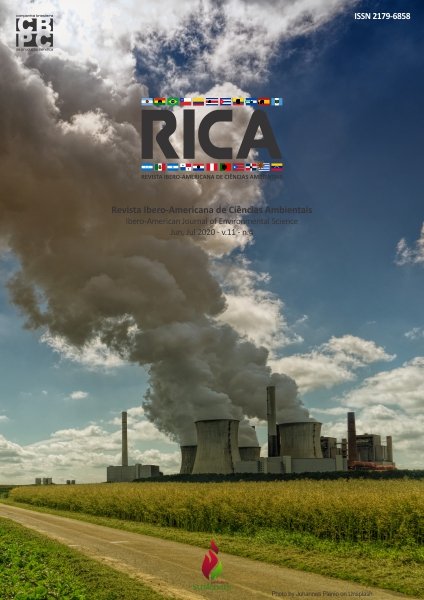Use of plastic and edible packing for conservation of guava under different storage conditions
DOI:
https://doi.org/10.6008/CBPC2179-6858.2020.004.0039Keywords:
Psidium guajava L., Cassava starch, Quality, Refrigeration, Airtight bagAbstract
Brazil is among the ten largest world producers of guava, but it also stands out as one of the countries that most lose or waste food after harvest, which interferes with socioeconomic and environmental indicators. In Maranhão, there are estimates of up to 16% of post-harvest losses for this fruit, the main causes of which are physiological disorders. In order to present low-cost alternatives for improvements in the conservation of 'Paluma' guava, the objective was to analyze the efficiency of the plastic packaging and/or edible coating, under different storage environments. Guavas were purchased at CEASA in São Luís (MA) and the experiment was carried out in a sub-subdivided plot over time, with four coatings (airtight bag, edible coating, edible coating + airtight bag, without packaging), two types of storage ( refrigerated) and five evaluation periods (3, 6, 9, 12 and 15 days). The analyzes consisted of longitudinal diameter, loss of fresh weight, firmness, seed weight, total titratable acidity and total soluble solids. The use of an airtight bag is recommended to increase the post-harvest useful life of 'Paluma' guava, as this package is efficient in maintaining important quality attributes, such as fresh mass, firmness, diameter, acidity and soluble solids content. This can reduce quantitative and qualitative losses and increase the commercial acceptance of the fruit, even in uncooled conditions.
Downloads
Downloads
Published
Issue
Section
License
The CBPC - Companhia Brasileira de Produção Científica (Brazil CNPJ: 11.221.422/0001-03) the material rights of the published works. The rights relate to the publication of the work anywhere in the world, including rights to renewals, expansions and dissemination of the contribution, as well as other subsidiary rights. All electronically published works may subsequently be published in printed collections under the coordination of this company and / or its partners. The authors preserve the copyright, but are not allowed to publish the contribution in another medium, printed or digital, in Portuguese or in translation.









